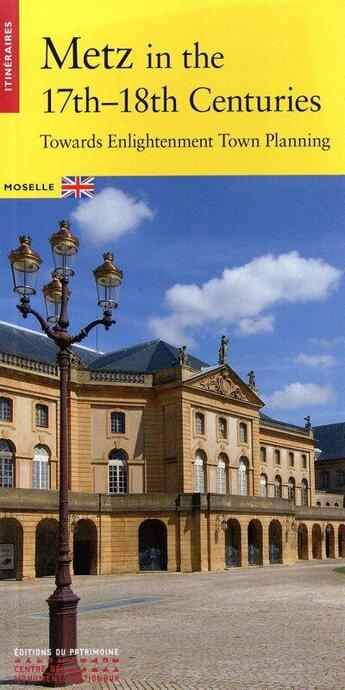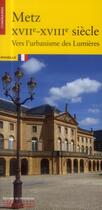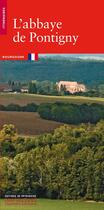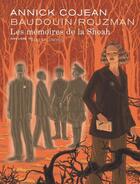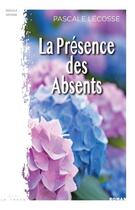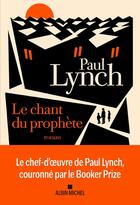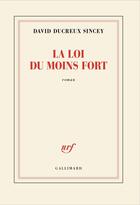Résumé:
«The places that have been fortified elsewhere are to cover the provinces, but Metz must be fortified to cover the nation.» Vauban's words reveal the crucial role played by Metz during the Ancien Régime as regards defence of the French territory. The military presence has enduringly marked the... Voir plus
«The places that have been fortified elsewhere are to cover the provinces, but Metz must be fortified to cover the nation.» Vauban's words reveal the crucial role played by Metz during the Ancien Régime as regards defence of the French territory. The military presence has enduringly marked the landscape and architecture of Metz, but nevertheless should not overshadow the richness and originality of the rest of its built heritage. A city of commerce and of war, a crossing point on the eastern borders, an episcopal city, the former Divodurum Mediomatricorum of the Romans, then capital of the kingdom of Austrasia and cradle of the Carolingians, it was long marked by its supremacy, becoming a free city of the Holy Roman Empire, then a republic. It was this power that piqued the interest of its neighbours before it became part of France in 1552. In the 17th and 18th centuries, Metz experienced considerable economic and demographic development, as evidenced by the large number of churches, abbeys, squares, and entire quarters, as well as by the reconstruction of its historic centre, in which the architect and theoretician Blondel intervened.
Donner votre avis



